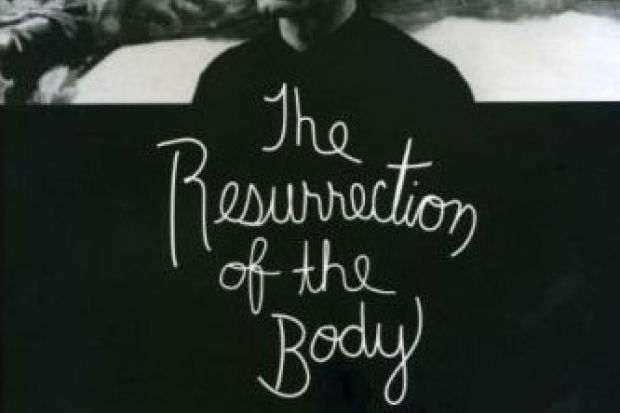Pier Paolo Pasolini had one of the most famous sex lives in the history of 20th-century arts and letters. Knowing something about him means knowing something about the kind of sex he liked. He liked young (teenaged but sexually mature) men, and he liked them rough. He was an avid and prolific cruiser. In his Alfa Romeo, the story goes, Pasolini haunted the squalid area around Stazione Termini and Rome's peripheral working-class suburbs, looking for what he called "sex, consolation for misery". His life ended in a desolate field just outside Ostia. Apparently he was murdered, viciously, by one of his tricks, although in truth the details of his death remain murky and unknowable.
Remarkable is the fact that in the sexually repressive Italy of the 1950s, 1960s and 1970s, Pasolini managed to craft for himself a public identity as a gay man without ever really coming out. His closest friends (who, like him, were cultural celebrities) knew that when the late and languorous Roman dinner was over, Pier Paolo's night was just beginning. His companion for many years was Ninetto Davoli, a child of the borgate, who travelled extensively with Pasolini and appeared by his side, in real life and in the papers, in the 1960s and early 1970s.
However, despite everything we know about Pasolini's homosexuality, the subject remains something of an embarrassment or a joke in Italy and even among Pasolini scholars. Most often he serves as something of a metonymic signifier of the Italian cultural Left (bereft now more than ever of a proper party or leader). But for many of the leftists and scholars (particularly in his native country) who champion Pasolini's life and his work (in fiction, poetry, film, theatre and theory), his sexuality has a tendency to be politely overlooked or else referred to rather squeamishly.
Armando Maggi, a distinguished scholar of Italian Renaissance literature, has made a valiant attempt to break with the reified use of Pasolini as a weirdly de-sexed symbol of the Left in his book The Resurrection of the Body: Pier Paolo Pasolini from Saint Paul to Sade. The subtitle signals the book's preoccupation with four major works produced late in Pasolini's life: an epic screenplay on the life of Saint Paul (set in modern-day Europe), a wildly allegorical screenplay about the peregrinations of the Magi, a gender-bending unfinished novel loosely about the petrochemical industry, and a film adaptation of Sade's 120 Days of Sodom. The novel, Petrolio, has attracted some attention outside Italy, while Salo, the Sade adaptation, remains Pasolini's best-known, or at least most notorious, film.
Maggi's book aims to bring these works to wider attention, and in so doing, to foreground the centrality of homosexuality to an understanding of Pasolini's work. He deals sensitively with the subject of Pasolini's conflicted relationship to his own gayness, and to the gay sex that is depicted throughout his work but which comes to dominate in the late phase of his career. Maggi makes his case through "traditional and meticulous close reading". At times these readings are nearly too meticulous and may engage only the most committed Pasolinians. I found myself wishing Maggi would pull focus a bit more often to engage more forthrightly and at greater length with cultural history and queer theory.
The final chapter - the book's shortest and most intriguing - connects Pasolini to Mario Mieli, an early queer theorist and the leader of Italian gay liberation. Maggi's book, however, is a work of exquisite scholarship that argues for the crucial significance of not only the body, but of the homosexual body, to Pasolini's exhilarating and challenging work.
The Resurrection of the Body: Pier Paolo Pasolini from Saint Paul to Sade
By Armando Maggi
University of Chicago Press
424pp
£34.00
ISBN 9780226501345
ublished 19 May 2009
